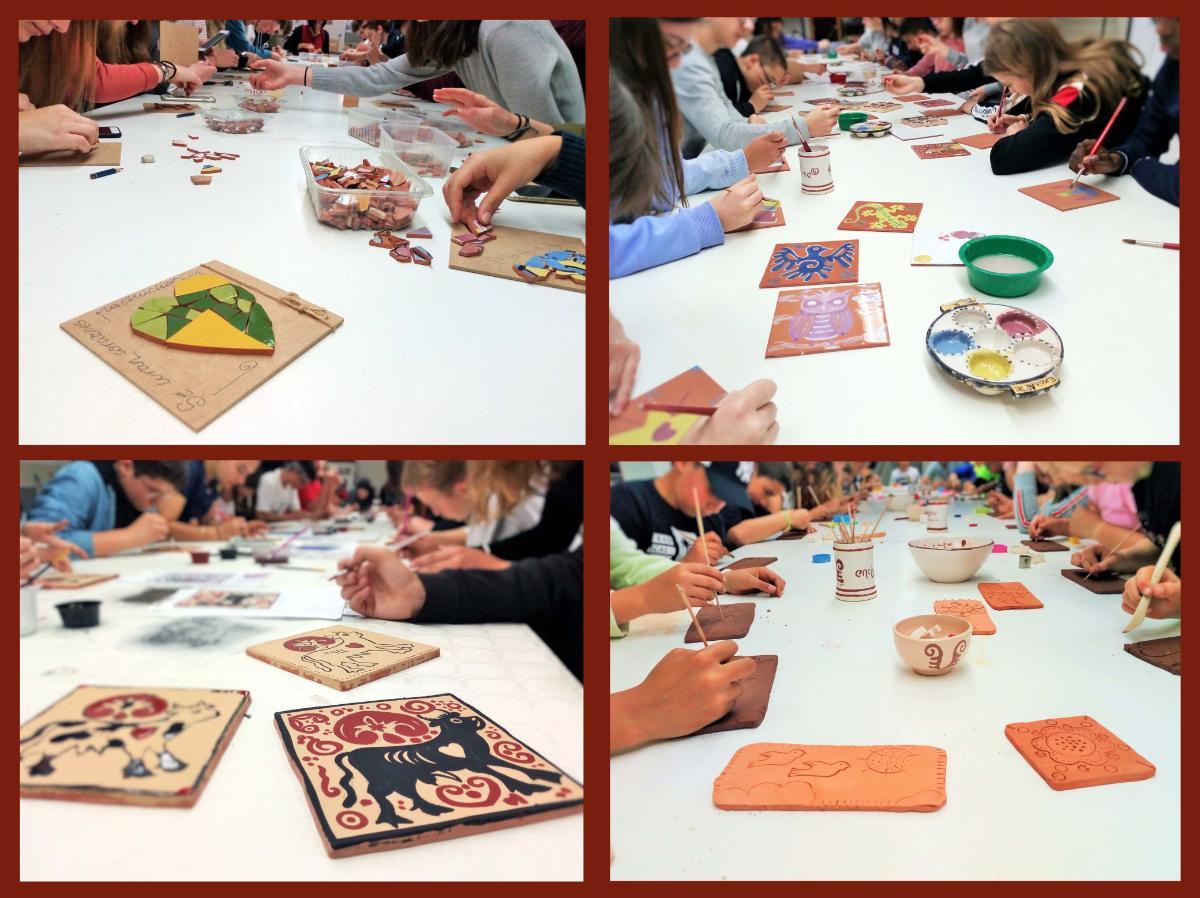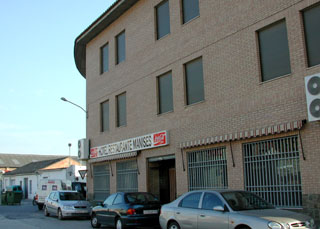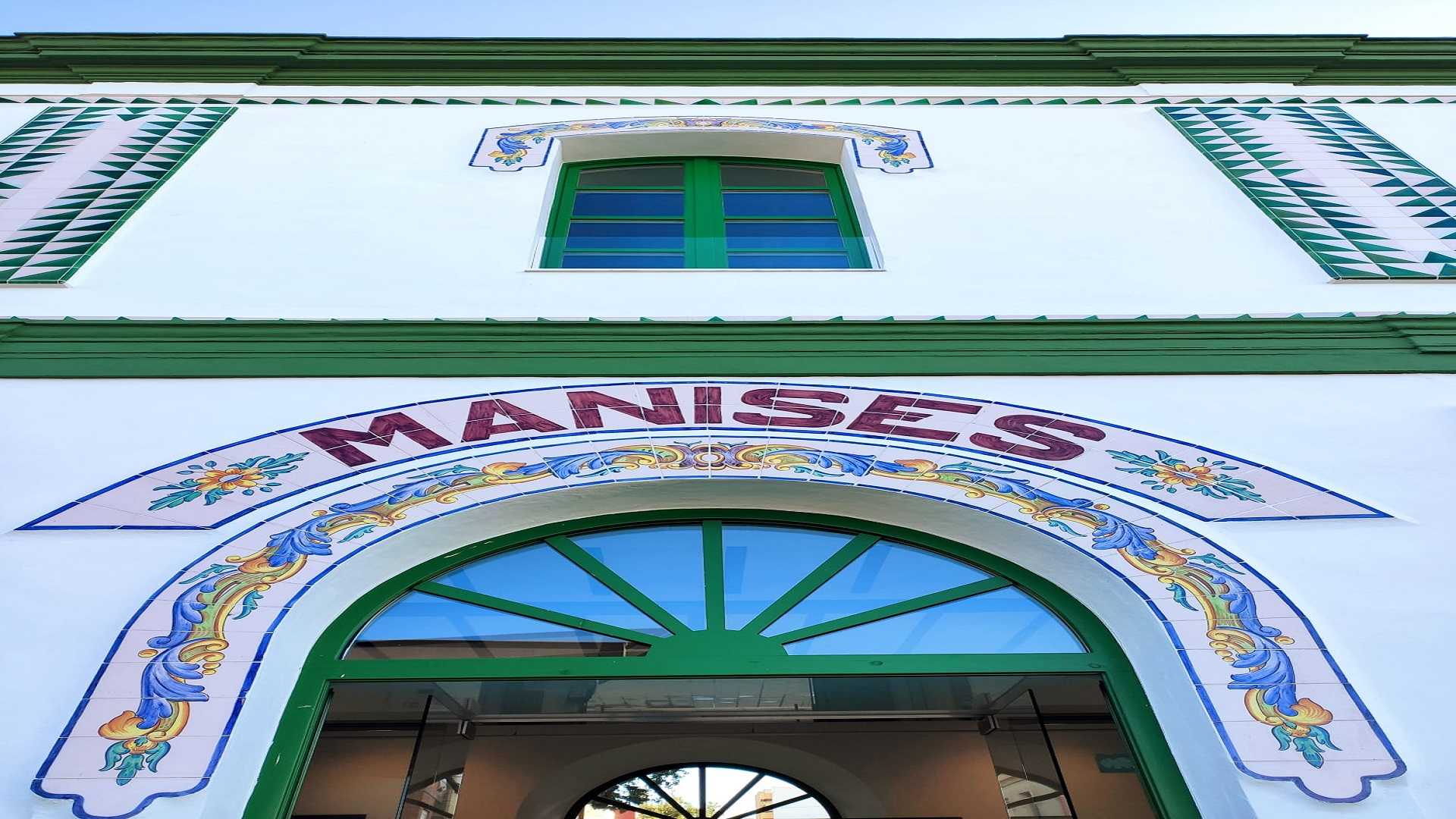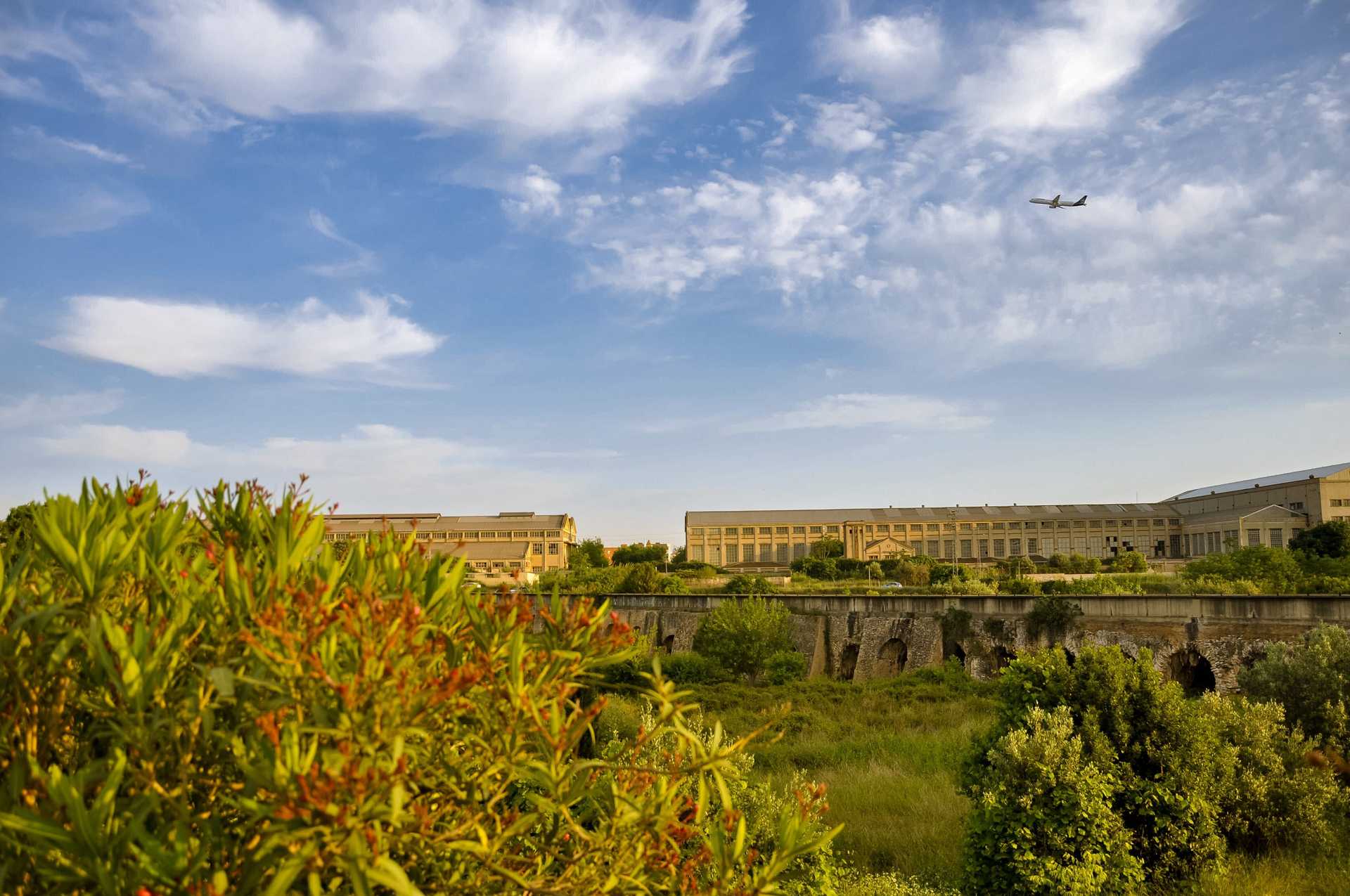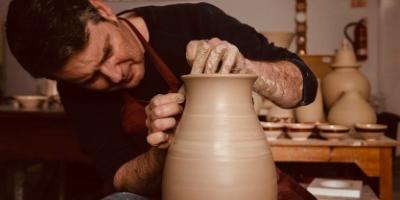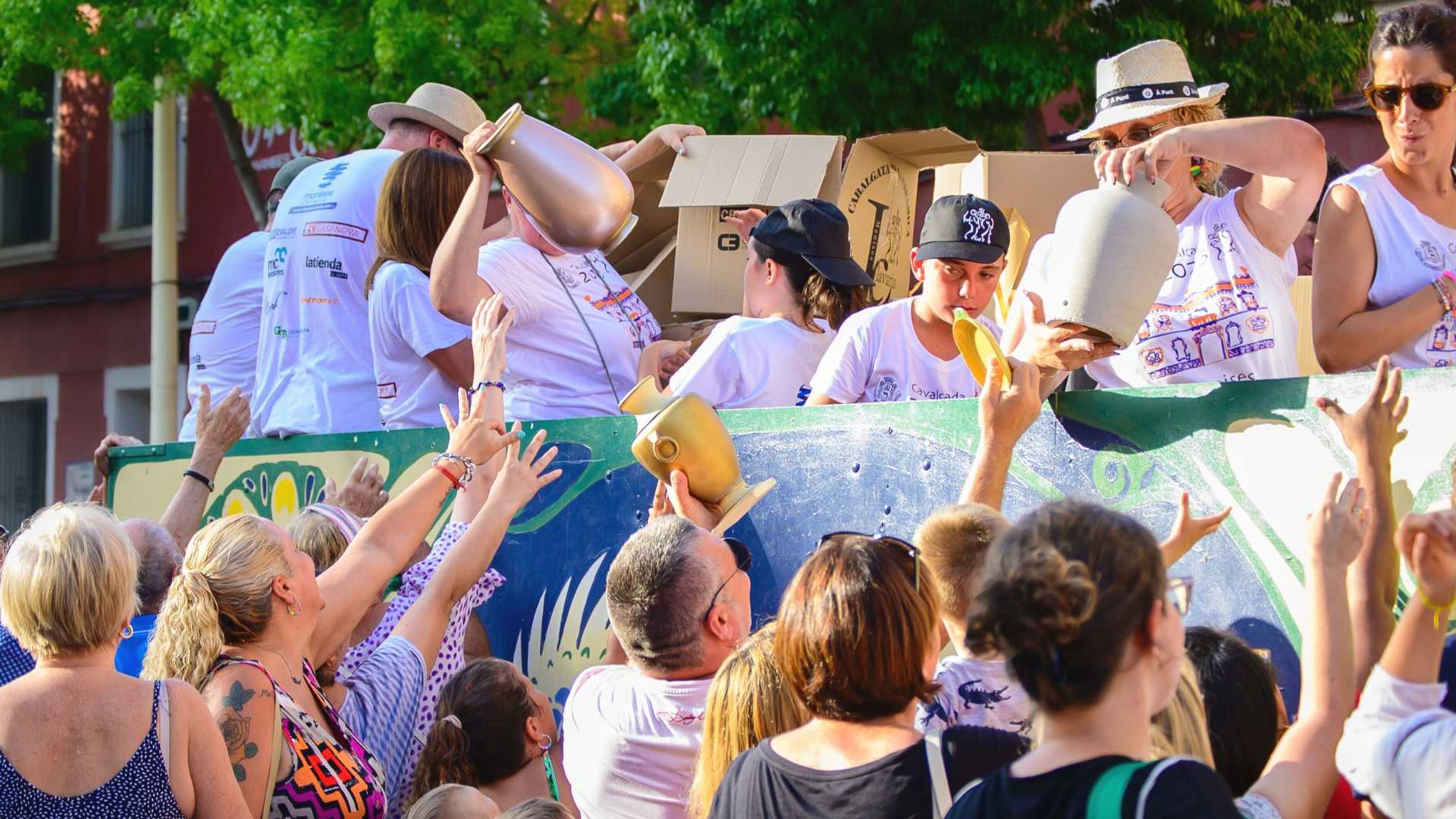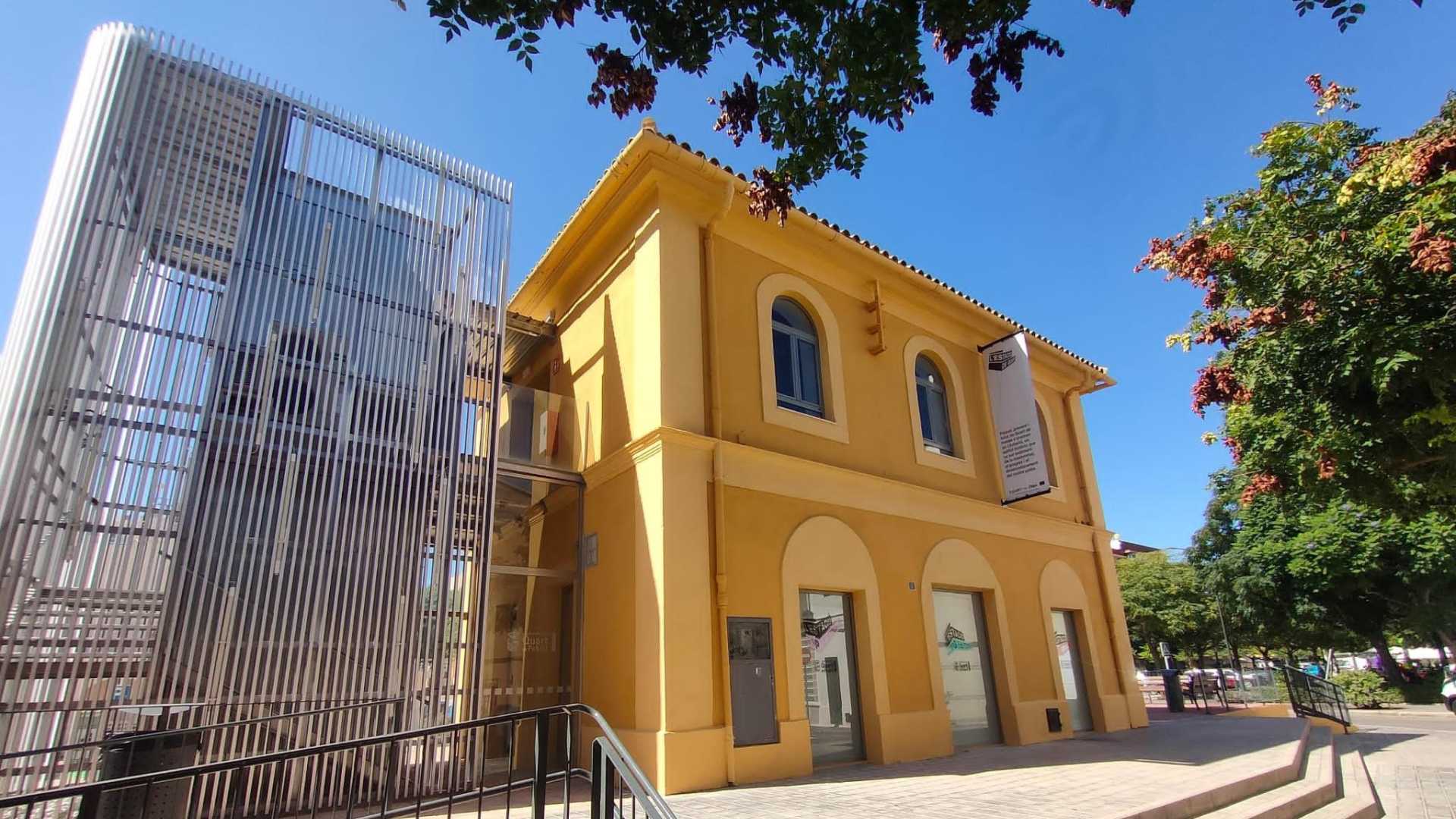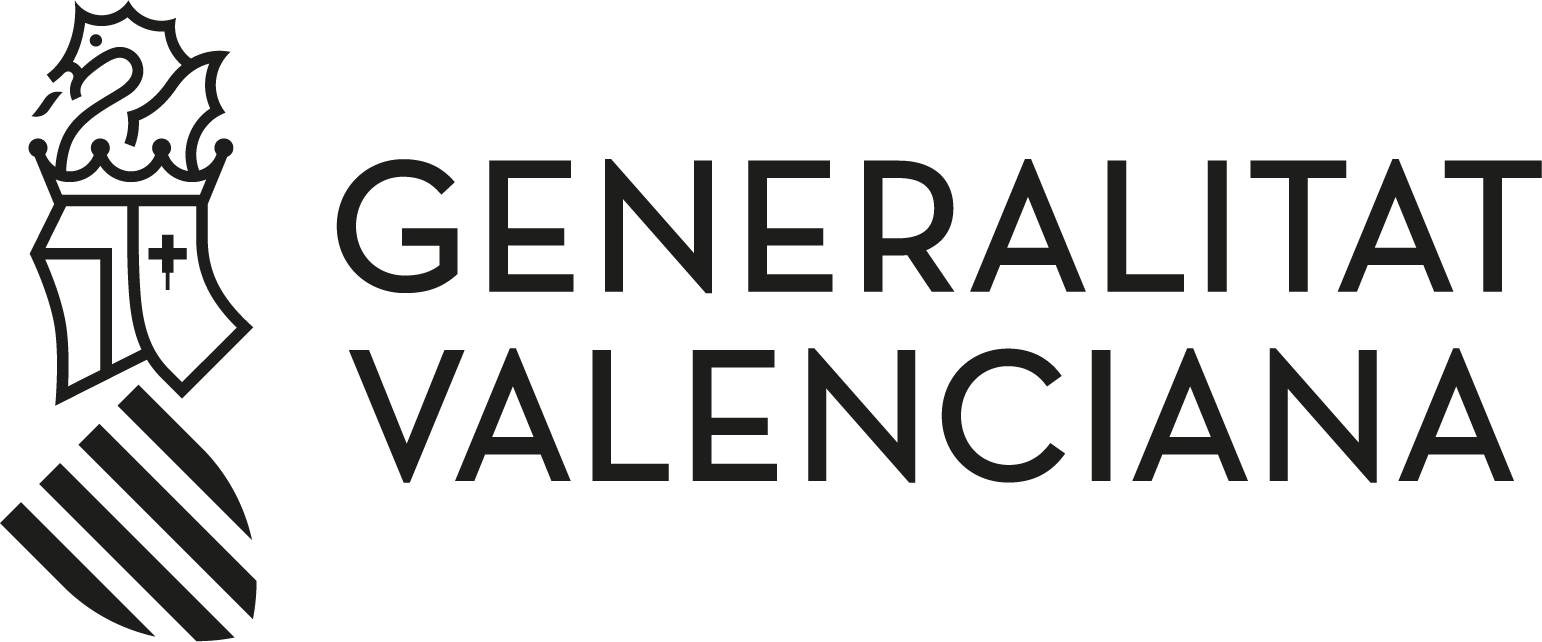Museu de Ceràmica de Manises
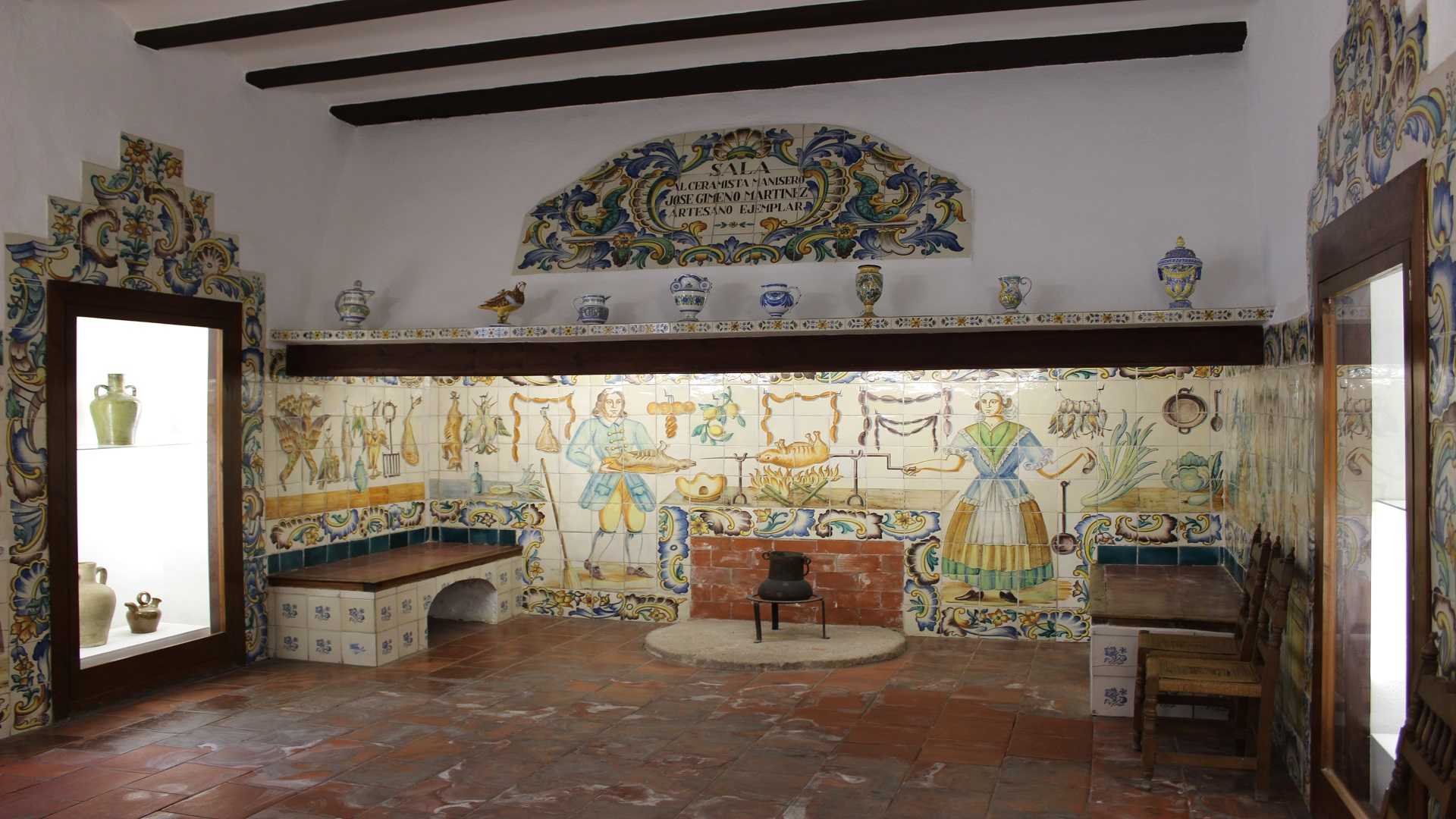
Multimedia Gallery

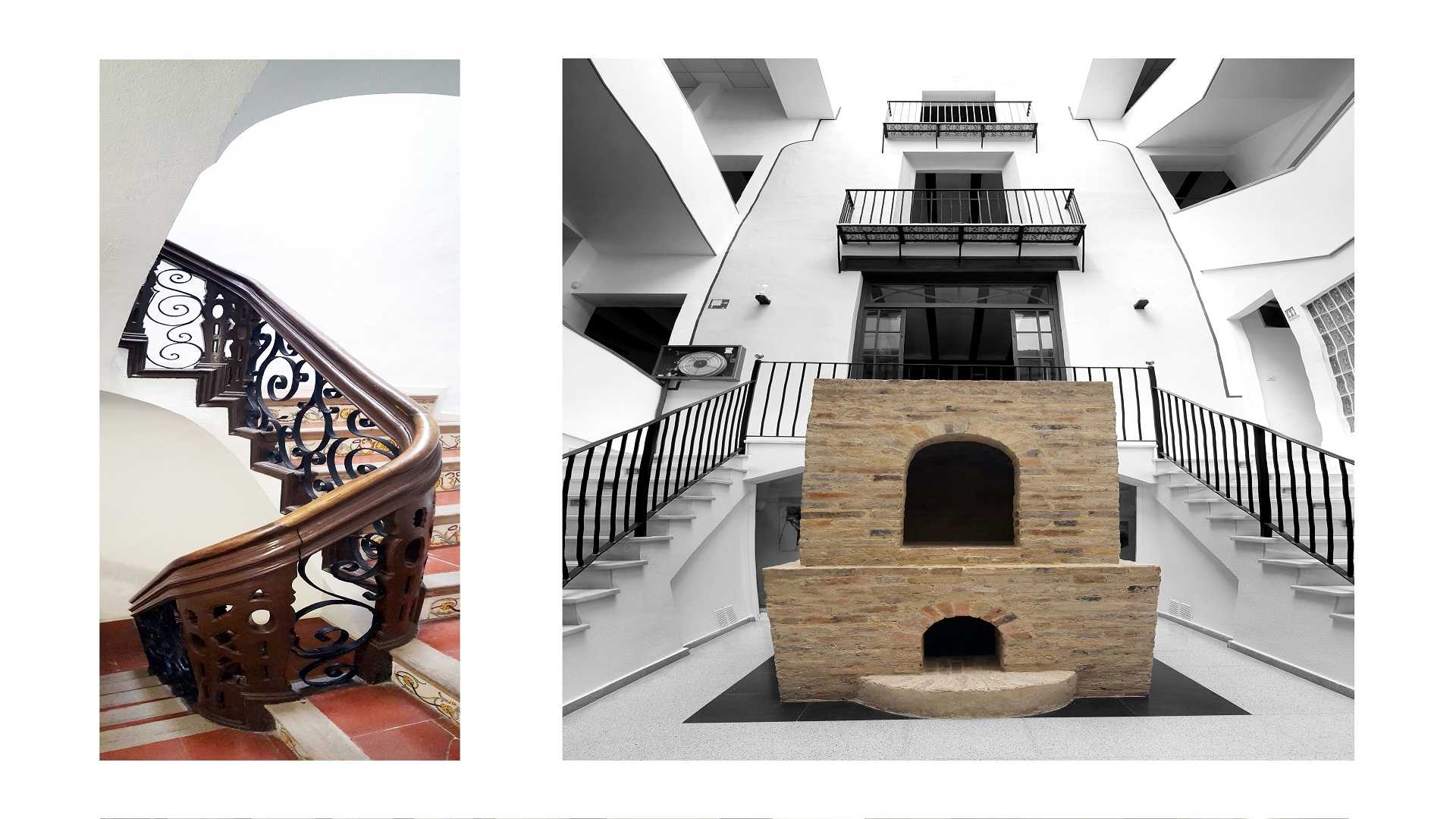

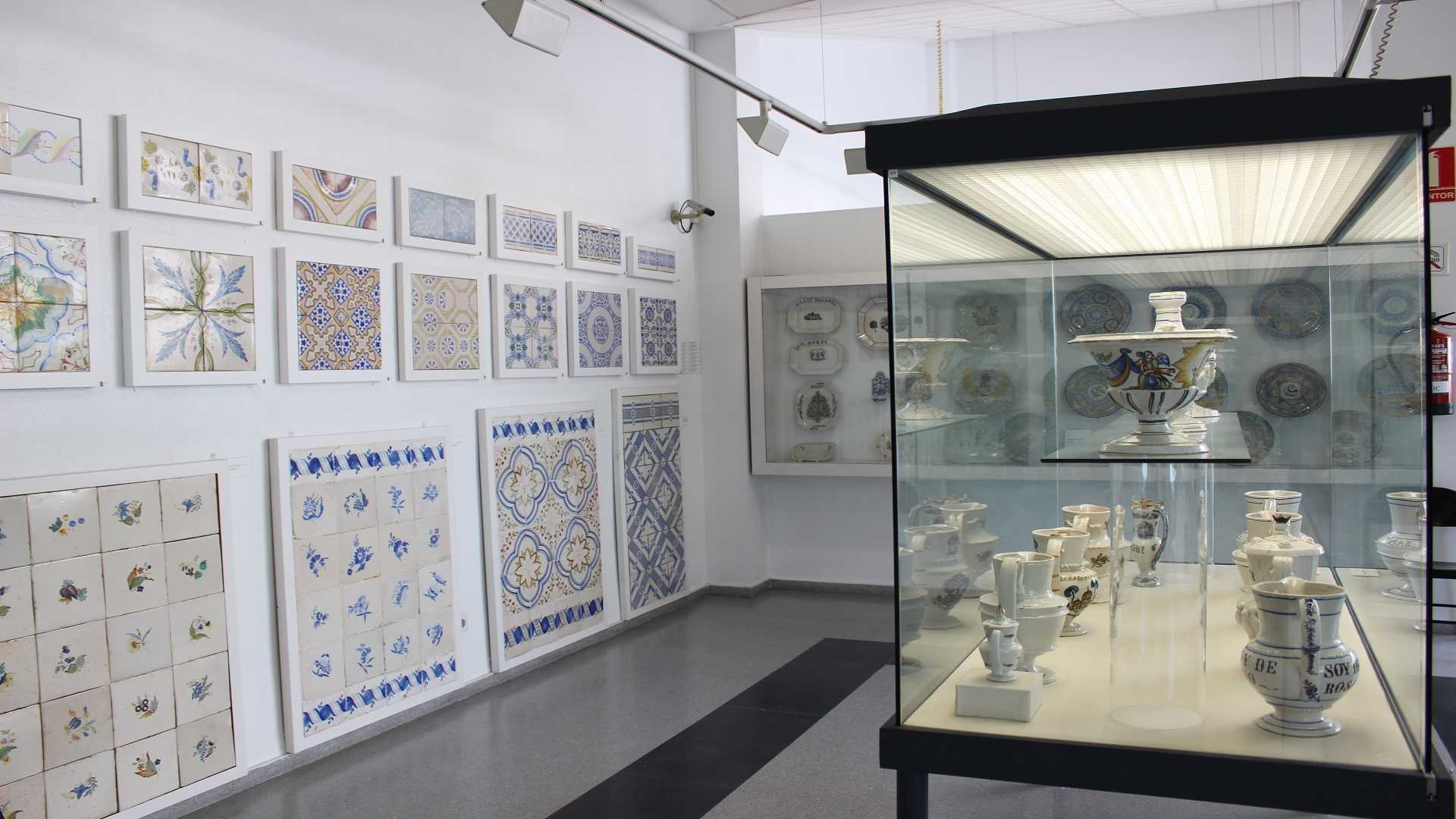
Multimedia Gallery
- Sagrari, 22
- Manises
- 46940
- contact information
- +34 961 521 044
- museo@manises.es
- Access the web
- Access the web
The Museum’s collection is a monographic sample of ceramics made up of over 5,000 pieces representing an overview of the work produced in Manises, since the 14th century to the present and ceramic art of authors from different countries.
The MCM has a technology room and a library. It also provides information on factories, workshops and pottery shops of the city of Manises.
The Museum is settled in the unique civil 18th century building in Manises with some architectural relevance. The Casa Ferraro was built in 1784 by a family of Italian origin (the Ferraro-Causa) who made its fortune in the city of Valencia trading in wool and silk. During the mid-18th century, when the activity declined, they began to diversify their investments by acquiring real estate in the neighbouring municipalities. The penultimate of the owners was Jose Sanchis Pertegás, a doctor with good social status who became mayor of Valencia in the late 19th century. By bequest of his heirs, the Casanova Dalfó-Sanchis Causa, this municipal property became a municipal museum in 1976.
In order to present its collections in a modern museum space, in 1985 there was an expansion of its facilities, adding a new structure to the back of the existing building and restoring what was preserved from the original building.
Among the successes of the reform and expansion of the building in order to make it a monographic ceramic museum, it shall be noted the successful link between the old building and the new one —by stairs and ramps around a central space, topped by a translucent vault—, which makes possible a sequential tour through all rooms in an ascending spiral, where you may observe the productions of local workrooms from the 14th century to the 20th.
The main façade with a view of the Sagrario street has a symmetrical composition. It has a central access door on the ground floor, three floors and it almost preserves its original structure. On the top of the building extends a considerable overhang with exposed crossbeams; on the second and first floors, the openings — three per floor — are flared, wrought iron balconies and braces are adorned at the bottom with Valencian glazed tiles of the second half of the 18th century. On the first floor, on the wall between openings to the right, there is a panel of Valencian glazed tiles of the late 18th century depicting the Holy Trinity.
Once through the entrance, on the right, on the door of a room, you can see a Gothic portal from the late 15th century. This is one of the few architectural remains that were saved from the fire and subsequent demolition of the Palace of Mossén Sorell of Valencia and that was settled there by José Sanchis Pertegás.
Opening hours: Free admission. From Tuesday to Friday from 10.00 am to 1.30 pm and from 4.00 pm to 7.30 pm. Saturday from 10.00 am to 1.30 pm and from 4.00 pm to 7.00 pm. Sundays and holidays from 11.00 am to 2.00 pm. Closed on Mondays and on 25th December, 1st January and 1st May.
The museum shows a complete collection of the ceramics produced in Manises from the XIV century to the XX century, represented is the complex reality of the continued dedication of the village of Manises to the manufacturing of ceramics over the last six hundred years. The origin of the museum was the legacy of Casanova Dalfó-Sanchis's Causes, and includes a good number of works of art and ceramic objects. Private donations, archaeological finds and selective procurements make up the funds of over 2.500 pieces, from among which are ceramic pieces from the Gothic-Spanish Muslims living under Christian rule, decorated in blue, polychromatic Valencian tiles from the XVIII century and the pieces produced during the XIX century.









